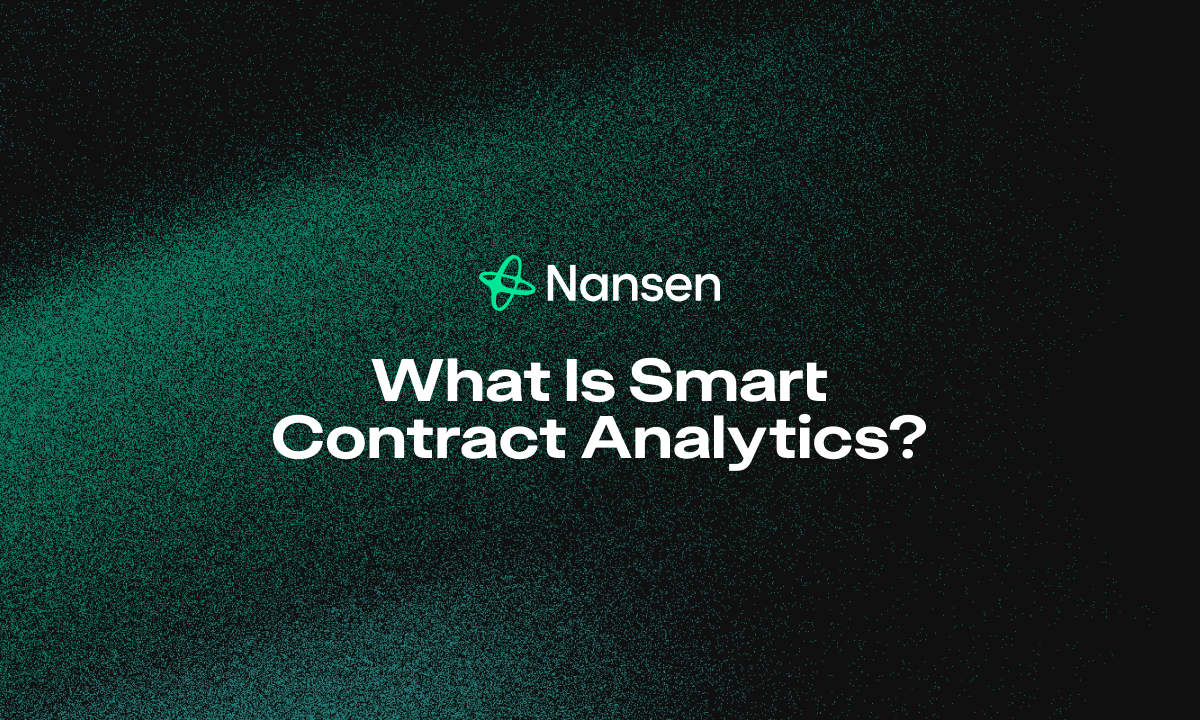Smart contract analytics refers to the systematic examination and interpretation of data generated by smart contracts on blockchain networks. These self-executing contracts with coded terms automatically facilitate, verify, and enforce agreements without third parties. The analytics process involves collecting, processing, and analyzing on-chain data to extract meaningful insights about contract performance, security, and usage patterns.
For crypto investors aged 24-35, understanding smart contract analytics isn't just technical knowledge — it's a competitive advantage that can significantly improve investment decisions and risk management.
Why Smart Contract Data Analysis Matters to You
If you're investing in DeFi protocols, NFT platforms, or any blockchain project utilizing smart contracts, you're essentially putting your trust in code. Smart contract data analysis provides visibility into:
- How your money moves through various protocols
- Who interacts with the contracts holding your assets
- What risks might be lurking in the code
- When unusual activity occurs that could signal problems
Think of smart contract analytics as your financial X-ray vision in the crypto world — seeing what's happening beneath the surface can protect your investments before problems occur.
DeFi Analytics Tools Transform Investment Strategies
DeFi analytics tools have transformed how investors evaluate opportunities by providing:
- Protocol health indicators - Total Value Locked (TVL), user growth, and revenue metrics
- Risk assessment - Identifying concentration risks and potential vulnerabilities
- Yield opportunities - Comparing actual returns across protocols
- Market sentiment - Tracking user behavior and capital flows
For example, by analyzing contract performance metrics like gas usage, execution frequency, and failure rates, you might identify an emerging protocol gaining efficiency before it becomes widely adopted.
Smart Contract Auditing: Beyond the Basics
Smart contract auditing examines code for bugs, security vulnerabilities, and optimization opportunities. While professional audits are conducted by specialized firms, investors can benefit from understanding:
- Audit depth - Not all audits are equally thorough
- Finding severity - High-severity issues pose greater risks than low-severity ones
- Resolution status - Whether identified problems have been fixed
- Multiple audits - Projects with several independent audits typically demonstrate stronger security commitment
Before investing significant capital in any protocol, reviewing its audit history should be standard practice. Remember that even audited contracts can contain vulnerabilities—audit reports reduce but don't eliminate risk.
Ethereum Smart Contract Analysis: The Gold Standard
Ethereum remains the primary platform for smart contracts, with the most developed analytics ecosystem. When conducting Ethereum smart contract analysis, pay attention to:
- Gas efficiency - Inefficient contracts cost more to use
- Code standardization - Contracts following established standards typically pose fewer risks
- Contract interactions - Complex dependency chains can introduce vulnerabilities
- Upgrade mechanisms - How and by whom can the contract be modified?
These insights help assess not just security but also long-term viability and user experience quality.
From Data to Decisions: Automated Contract Insights
Modern analytics platforms now offer automated contract insights, allowing investors to:
- Set alerts for suspicious activities
- Track key performance indicators automatically
- Receive notifications about significant changes
- Compare contract behavior against benchmarks
This automation transforms raw blockchain data into actionable intelligence without requiring constant manual monitoring.
Smart Contract Analytics in Practice: A Case Study
Consider an investor evaluating a new yield farming protocol. Through smart contract analytics, they discover:
- The contract has unusual permission settings allowing developers to change critical parameters
- Transaction patterns show large holders ("whales") regularly extracting profits
- Code execution tracking reveals inefficiencies causing higher-than-average fees
- The contract's interaction with other protocols creates hidden risk exposures
Armed with these insights, the investor might decide to limit exposure or avoid the protocol entirely, potentially avoiding significant losses.
Future of Smart Contract Analytics
As the field evolves, we're seeing:
- Integration of machine learning to predict contract vulnerabilities
- Specialized analytics for NFTs, gaming, and identity applications
- Cross-chain analytics as multi-chain ecosystems expand
- Enhanced visualization tools making complex data more accessible
For investors, staying current with these developments will continue to provide edge in identifying opportunities and managing risks.
Key Takeaways
- Smart contract analytics provides crucial visibility into the actual operations of crypto projects
- Tools range from beginner-friendly dashboards to sophisticated technical analysis platforms
- Regular monitoring of contract performance metrics helps identify both risks and opportunities
- Understanding audit results and their limitations is essential for risk management
- Automated insights and alerts make continuous monitoring practical even for non-technical investors
Remember: in crypto investing, what you don't see can hurt you. Smart contract analytics helps remove these blindspots, allowing for more informed decision-making in this complex but rewarding space.




